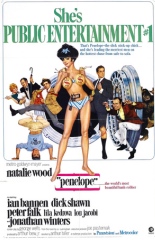
 Not to be confused with the 2006 Christina Ricci flop of the same name, this Penelope is a charming star vehicle designed to exploit the fact that the camera loved Natalie Wood in a way we mere mortals will never know. Like many romantic comedies from the era, the film exists less as an excuse to tell a compelling story than to showcase its star in a never-ending series of fetching outfits. By that standard, Penelope’s a hit, with Wood never looking better.
Not to be confused with the 2006 Christina Ricci flop of the same name, this Penelope is a charming star vehicle designed to exploit the fact that the camera loved Natalie Wood in a way we mere mortals will never know. Like many romantic comedies from the era, the film exists less as an excuse to tell a compelling story than to showcase its star in a never-ending series of fetching outfits. By that standard, Penelope’s a hit, with Wood never looking better.
Thankfully, the rest of the movie is pretty entertaining, too. Wood plays the title character, a bored banker’s wife whose previous attempts at creating excitement by stealing from her wealthy peers culminates in her robbing her own husband’s bank. She confesses her crimes to her tortured analyst (a pre-Producers Dick Shawn), who has little success keeping his love for her a secret. On her trail is clever police detective Peter Falk, who becomes just as smitten by his chief suspect as everyone else.
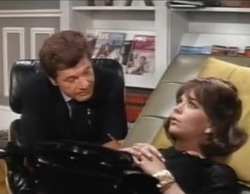 Directed by Love Story‘s Arthur Hiller, Penelope is one of those divine, cotton-candy concoctions that only could have come from late studio-era Hollywood. The script manages to be sly and occasionally sophisticated, while also remaining broadly funny. The fun really begins when Penelope confesses her crimes in order to save a falsely accused streetwalker, and no one believes her. This leads to a brilliant scene where Lou Jacobi and Lila Kedrova try to blackmail her by linking her to the yellow Givenchy suit she wore during the robbery (I told you the crime-com took her wardrobe extremely seriously), only to become frightened and confused when she’s thrilled to discover such evidence exists.
Directed by Love Story‘s Arthur Hiller, Penelope is one of those divine, cotton-candy concoctions that only could have come from late studio-era Hollywood. The script manages to be sly and occasionally sophisticated, while also remaining broadly funny. The fun really begins when Penelope confesses her crimes in order to save a falsely accused streetwalker, and no one believes her. This leads to a brilliant scene where Lou Jacobi and Lila Kedrova try to blackmail her by linking her to the yellow Givenchy suit she wore during the robbery (I told you the crime-com took her wardrobe extremely seriously), only to become frightened and confused when she’s thrilled to discover such evidence exists.
A flop when it was released, Penelope is much better than its vague reputation suggests. If it were simply a good excuse to watch its gorgeous star given the full-on Hollywood-glamour treatment, then that would be enough. That the result is genuinely fun to watch is just more icing on a perfectly decorated cake. —Allan Mott

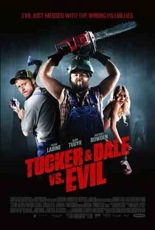
 Tucker & Dale takes on this cliché by turning the frat-asshole douche-cunts horror movies typically expect us to care about and making them the villains. Our heroes are the titular friendly buddies, whose lack of style and social pretensions could be confused from a distance as something out of Deliverance. Both are in the woods to work on Tucker’s fixer-upper of a vacation home, but when they fish an unconscious coed (Katrina Bowden of TV’s
Tucker & Dale takes on this cliché by turning the frat-asshole douche-cunts horror movies typically expect us to care about and making them the villains. Our heroes are the titular friendly buddies, whose lack of style and social pretensions could be confused from a distance as something out of Deliverance. Both are in the woods to work on Tucker’s fixer-upper of a vacation home, but when they fish an unconscious coed (Katrina Bowden of TV’s 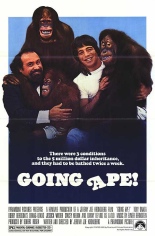
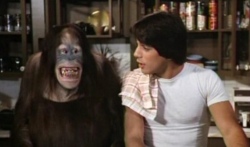 In
In 
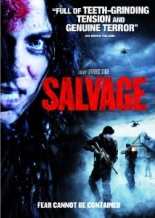
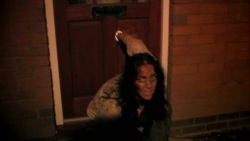 The film also benefits from a brief, 74-minute running time that trims away any fat that might detract from the story and/or character development. While some North American viewers might have trouble comprehending the thickly accented British slang, the fact that you have to really listen to the dialogue keeps you that much more invested in what’s going on.
The film also benefits from a brief, 74-minute running time that trims away any fat that might detract from the story and/or character development. While some North American viewers might have trouble comprehending the thickly accented British slang, the fact that you have to really listen to the dialogue keeps you that much more invested in what’s going on.
 Julie (Melinda Clarke,
Julie (Melinda Clarke,